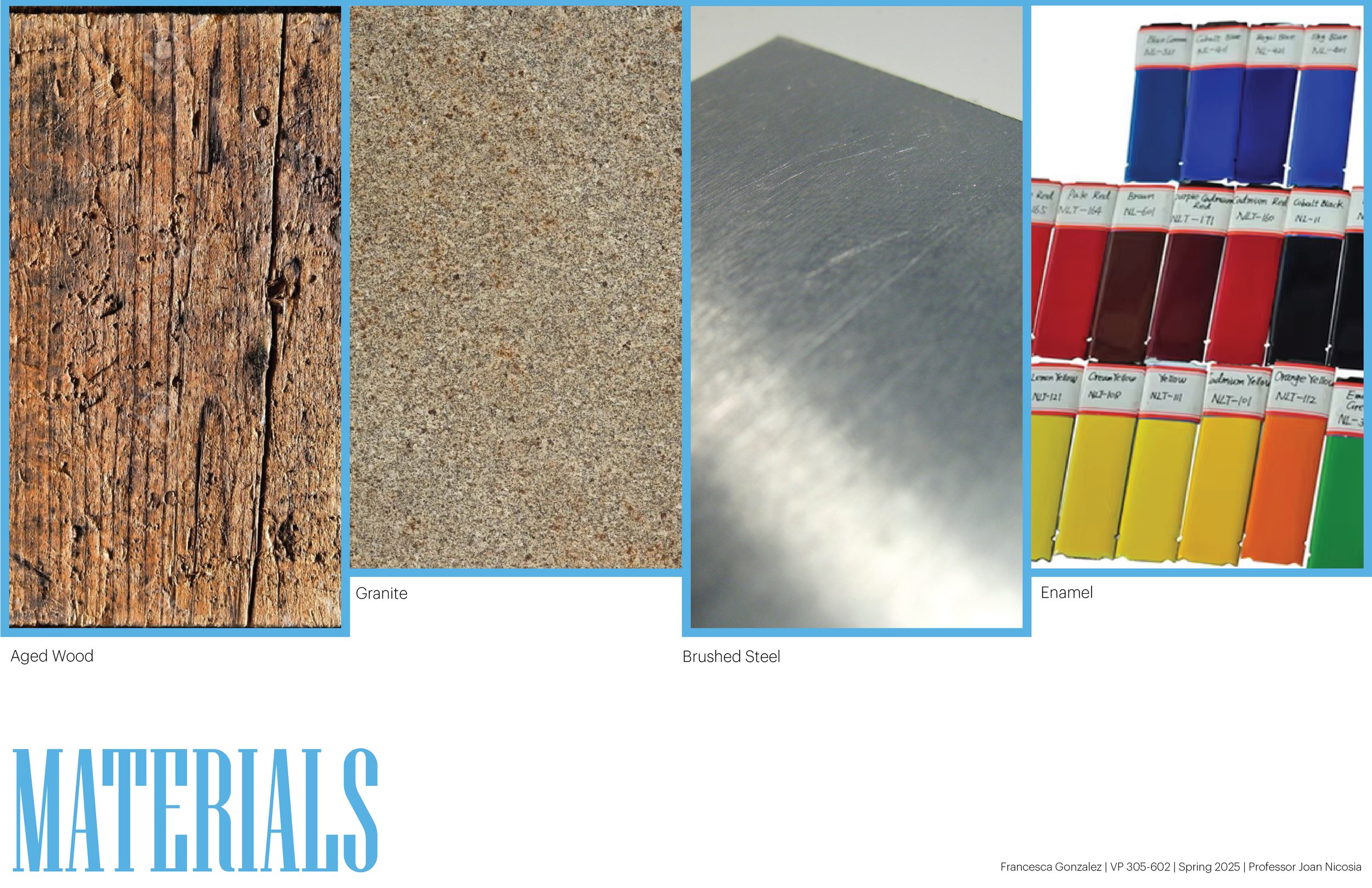CASA GALICIA:
Wayfinding & Placemaking System
in my Placemaking, Wayfinding and Environmental Graphics course at FIT, i was tasked with design a wayfinding system for a location of our choosing. It had to be engaging, distinctive, and easy to use, as well as reflect the unique architecture and, if applicable, culture of the space. Overall, the new wayfinding system will embody the location’s commitment to the community.
that said, i chose Casa Galicia as my location to work with. Casa Galicia, founded in 1940 in New York City, was created by Galician immigrants and exiles seeking to preserve their culture after the Spanish Civil War. inspired by Alfonso R. Castelao, who emphasized the need for a cultural home abroad, the society became a hub for Galician language, folklore, and traditions. Castelao was named its first honorary member in 1946. throughout the 1940s to 1960s, Casa Galicia played a vital role in maintaining Galician identity and also supported broader Spanish and Hispanic communities.
the project required me to research the brand’s target audience and develop a clear visual direction through mood boards and design references. i created a wayfinding system that included a signage diagram and established design standards like logo usage, a color palette, typography, materials, support graphics, and a cohesive icon set. i designed five types of signage with elevations, dimensions, materials, and contextual renderings. the project also included a placemaking element to reflect community identity and a digital app interface to support navigation and enhance the user experience.
i utilized Adobe Illustrator and Adobe Photoshop to create this project.



i was able to make a site visit, so included here is the location, a first floor floor plan, and photos of the first floor of Casa Galicia.


the Casa Galicia design toolkit including typography, color palette and iconography.

the new logo i created for Casa Galicia.

the 5 types of signage
in order: directional, identification, orientation, regulatory, and interpretive.









































